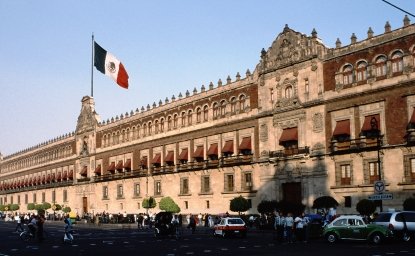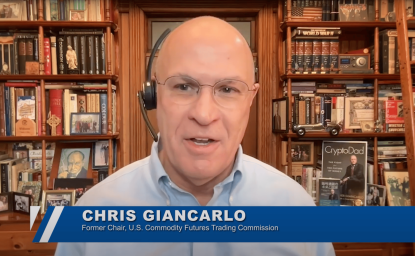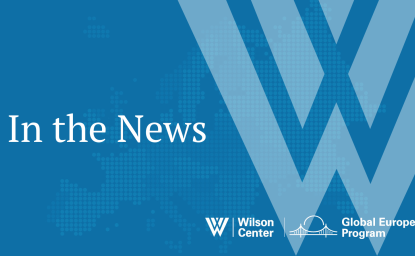Two days before concluding the first third of the presidential race, some pre-campaign balances stand out in terms of the usefulness of the scheme and the effects for the participating actors.
The electoral race is divided into three stages: pre-campaign (December 14 to February 11), inter-campaign, and campaigns (March 30 to June 27).
Therefore, two days before concluding the first third of the presidential race, some pre-campaign balances stand out in terms of the usefulness of the scheme and the effects for the participating actors:
1. Duration of the race: it is not reduced. In fact, the three stages total 195 days, the same number of days as in 2012, but more than the 161-day campaign period of 2006.
2. Cost of the campaigns: it does not decrease either. The public budget allocated to the federal campaigns amounts to 2,148 million pesos, 27 percent more than in 2012. Each presidential candidate will be able to spend 429 million pesos.
3. Purpose of the pre-campaigns: it was not fulfilled. The idea of functioning as parties’ “primaries” (the law defines them as those activities within the internal processes of candidate selection) was exceeded. The great visibility of Lopez Obrador as the undisputed candidate of Morena made the lack of definition of the other contenders very costly. The truth is that the three coalitions registered a single candidate, although they will have to ratify them as their official candidates for the next stage.
4. Independent: the tortuous road. The pre-campaign period coincides with that of obtaining support and validation of signatures for party-less candidates. The result is that they will reach the start of the campaigns at a clear disadvantage. It is contradictory to include these candidates yet impose disproportionate requirements and obstacles in comparison to parties’ candidates. From setbacks when using the app to collect signatures, to the clear need for human and material resources to cover the state dispersion required by law.
5. Surveys: timely notifications. From December to date, 10 surveys have been published, which record at least three valuable data: one, the concentration of resources and ads managed to raise the visibility of the candidates Meade and Anaya to more than 80 percent of voters; two, AMLO remains the lead in all surveys with up to a two-digit advantage; three, the fight for the second place seems to be clarify near the end of the pre-campaign period. In 7 of the 10 surveys, Ricardo Anaya holds the second place and José Antonio Meade, the third.
More than defining, the surveys should be an input for the candidates and their teams to review, reinforce or modify their campaign strategies.
The inter-campaign phase will span from Monday until March 29, in which pre-candidates will remain active but may not appear in radio or television ads. It will be the last breath before the official start of the campaigns.
The views expressed here are solely those of the author.
This article was originally published in Spanish on El Heraldo de Mexico.
Author


Mexico Institute
The Mexico Institute seeks to improve understanding, communication, and cooperation between Mexico and the United States by promoting original research, encouraging public discussion, and proposing policy options for enhancing the bilateral relationship. A binational Advisory Board, chaired by Luis Téllez and Earl Anthony Wayne, oversees the work of the Mexico Institute. Read more

Explore More
Browse Insights & Analysis
The Mexico Institute's 2018 Elections Guide



